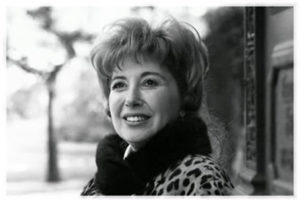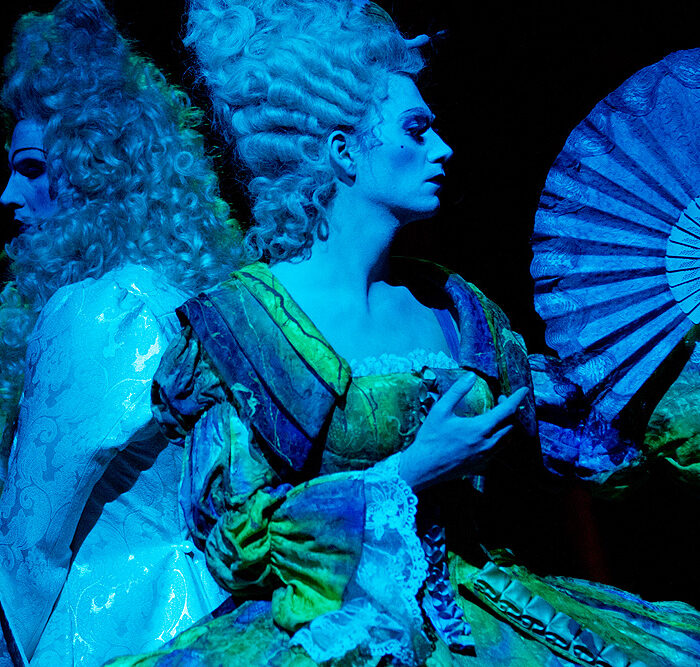
Artist Profile: Beverly Sills, A True Game-Changing Diva
By David SalazarFew sopranos have altered the American opera landscape the way that Beverly Sills did during her life.
Born on May 25, 1929, she was one of the great sopranos of her time, her career as a performer starting from her youth. At age three she won “Miss Beautiful Baby” contest and at four she performed on the Saturday Morning radio program “Rainbow House.” By 1945, she was performing in Gilbert and Sullivan operas and in 1947 she made her opera stage debut in “Carmen” with the Philadelphia Civic Grand Opera Company.
From there she would eventually get to the New York City Opera where she would reign supreme for much of her peak years. She would eventually make it over to the house next door at the Metropolitan Opera, but had to wait until 1975. She had an immensely successful career at the Met and many resented that former General Manager Rudolf Bing had failed to bring her to the house sooner.
Sills was essential in popularizing opera in her time, appearing on numerous talk shows.
Once she was done singing, she moved into administration, leading such companies as the New York City Opera, Lincoln Center, and even served as chairwoman at the Metropolitan Opera.
She passed away in 2007.
She received three Grammy nominations, five Emmy Nominations, four Honorary Doctorates, and a number of humanitarian awards throughout her lifetime.
The Beverly Sills Award is given every year to a burgeoning opera talent.
Signature Roles
Sills was bel canto and she made a huge mark on the works of Donizetti and Verdi, including “La Fille Du Régiment,” “Lucia di Lammermoor,” and “La Traviata.” But there is no doubt that among her greatest feats was singing the three Donizetti queens, with her rendition of Elisabetta in “Roberto Devereux” likely her masterpiece.
She managed to infuse the roles with dynamic vocal prowess and dramatic insight, which was ultimately her greatest genius.
A look at her pioneering career
Watch and Listen
Here is the first of the two final arias from “Roberto Devereux,” where Sills is at her vocal pinnacle.
And here she is in “Maria Stuarda” from the New York City Opera.
And here she is in the final scene of “Anna Bolena.”
Categories
Opera Wiki

